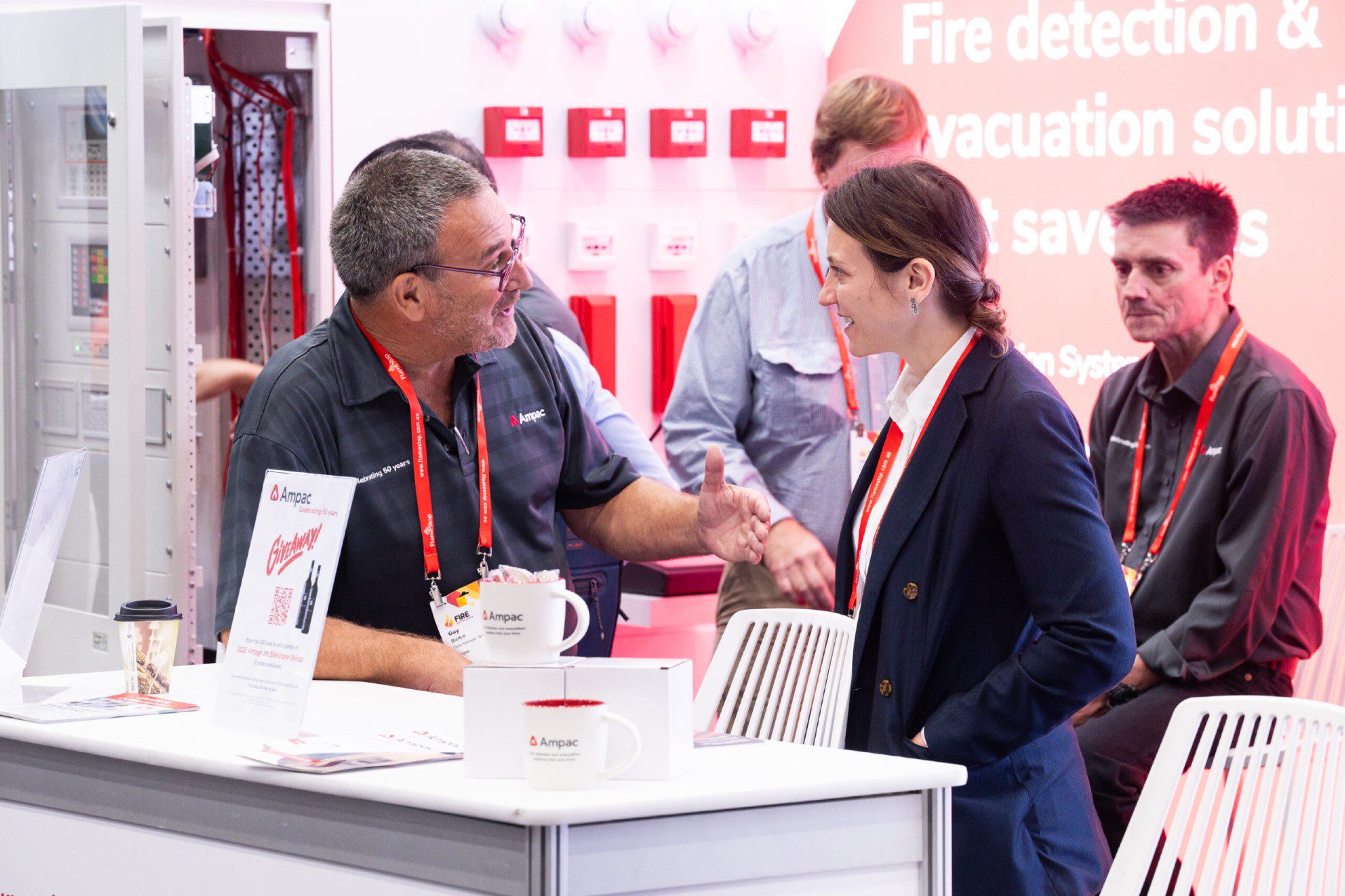Johnson Controls introduces TYCO Nitrogen Corrosion Solutions portfolio
Johnson Controls have recently announced that there is a brand new TYCO portfolio of corrosion solutions for fire sprinkler systems.
This family of products gives the fire protection industry a complete Johnson Controls portfolio that can significantly increase the lifespan of dry, preaction, and wet fire sprinkler systems.
The portfolio includes Model NG-1 nitrogen generators offered in wall-mounted, standalone and skid-mounted models. Using a patented fill-and-purge process, the NG-1 nitrogen generators remove corrosive oxygen and replace it with nitrogen to stop the corrosion process.
TYCO nitrogen generators are FM and CE approved and generate 98%-purity nitrogen, replacing nearly all oxygen in the pressure maintenance gas.
All equipment is installed in the sprinkler riser room, eliminating the need for remote equipment and extensive gas sampling lines, which simplifies installation and maintenance. The generators do not require a nitrogen tank or refrigerated dryer, making the reduced equipment footprint ideal for compact spaces.
“Corrosion in fire sprinkler systems can lead to reduced sprinkler performance and water leak damage that may reduce service life,” said Gary Koellhoffer, global product manager, Johnson Controls. “We are excited to announce this product offering that reduces corrosion risk and increases service life for a water-based fire sprinkler system.”
The portfolio also features a line of accessories, vents and nitrogen inerting devices designed to help fight or stop corrosion. This portfolio includes the TYCO In-Line Corrosion Detector (TILD), which monitors sprinkler systems and provides an early warning of corrosion.
The TILD can be monitored locally using the included Remote Test Station or remotely via the building monitoring system. In addition, the TYCO Air Vent, Wet (TAV-W) Automatic Air Vent is designed to remove trapped air from wet fire sprinkler systems, which helps meet 2016 NFPA 13 requirements for air vents in wet-pipe systems. It is also available in a wet-pipe nitrogen inerting model (WPNI) – the TAV-WN.









